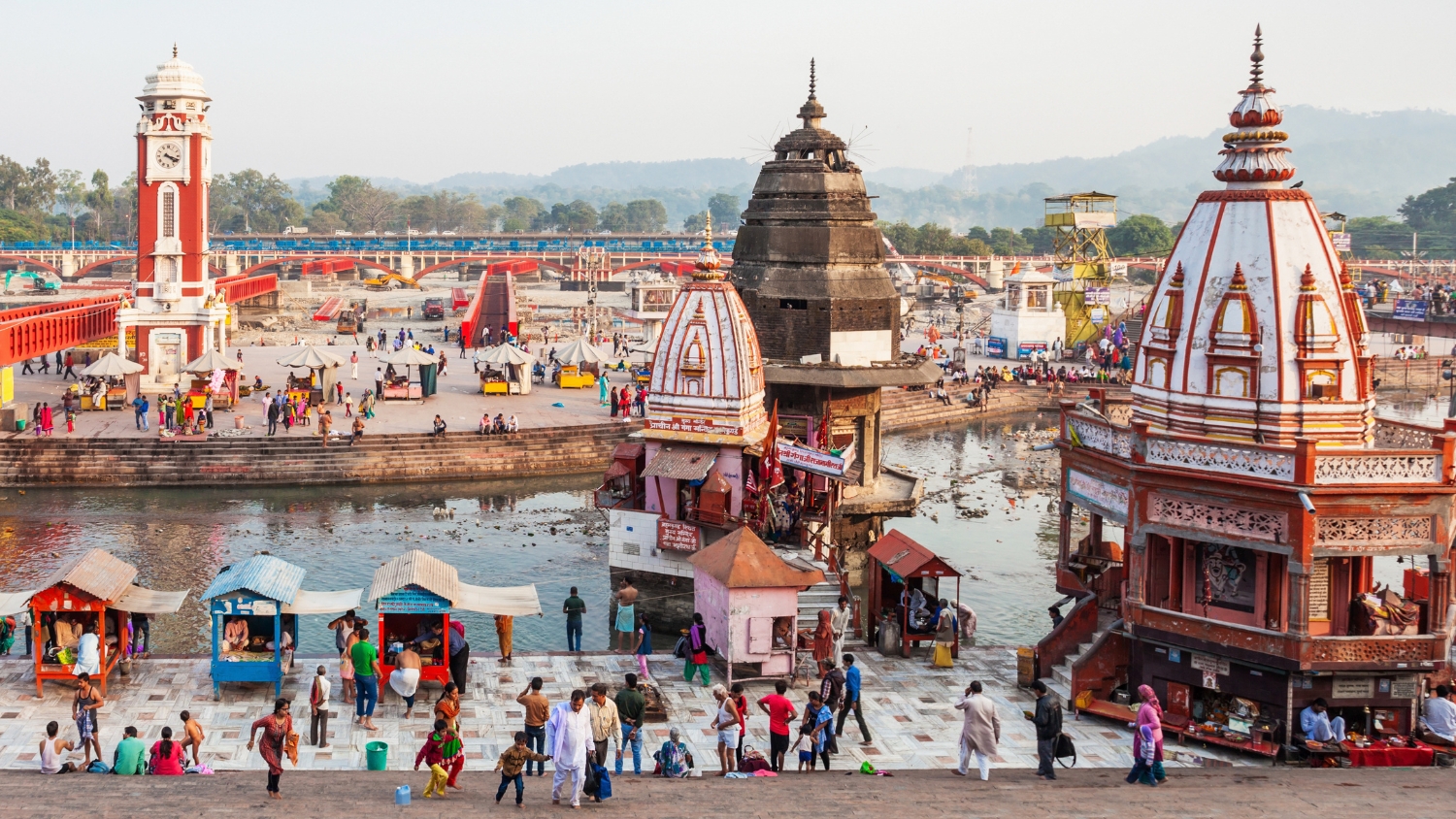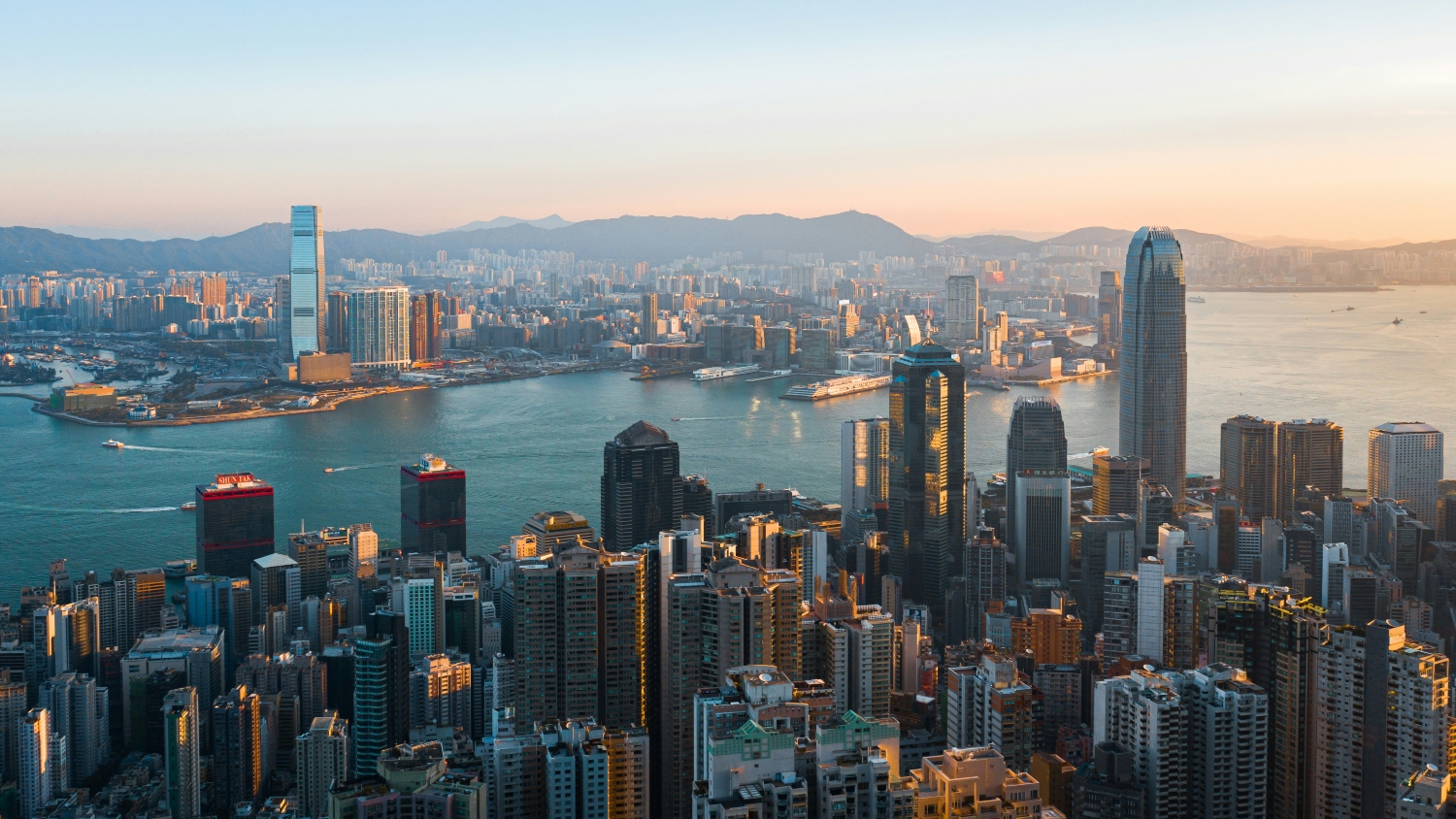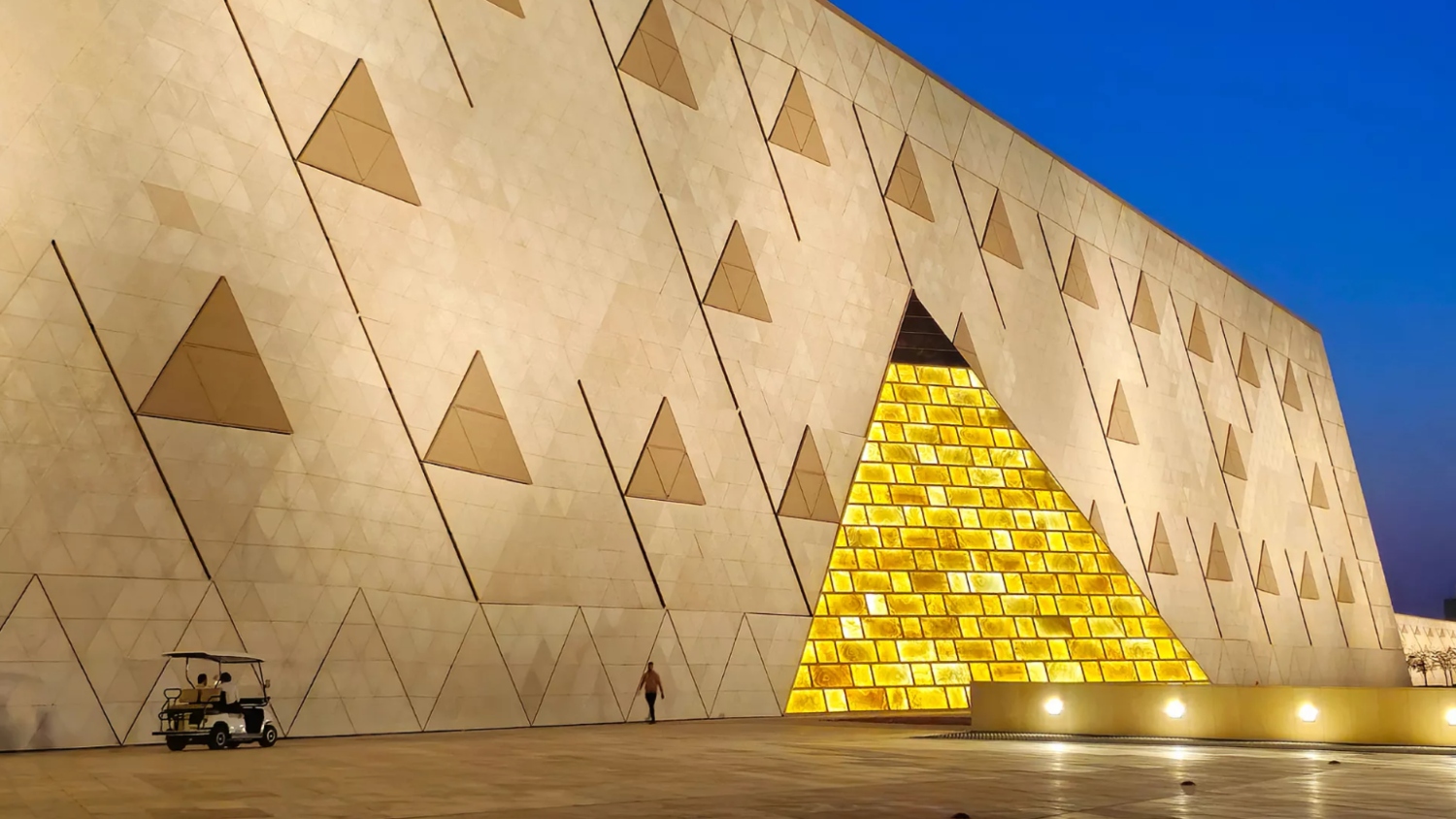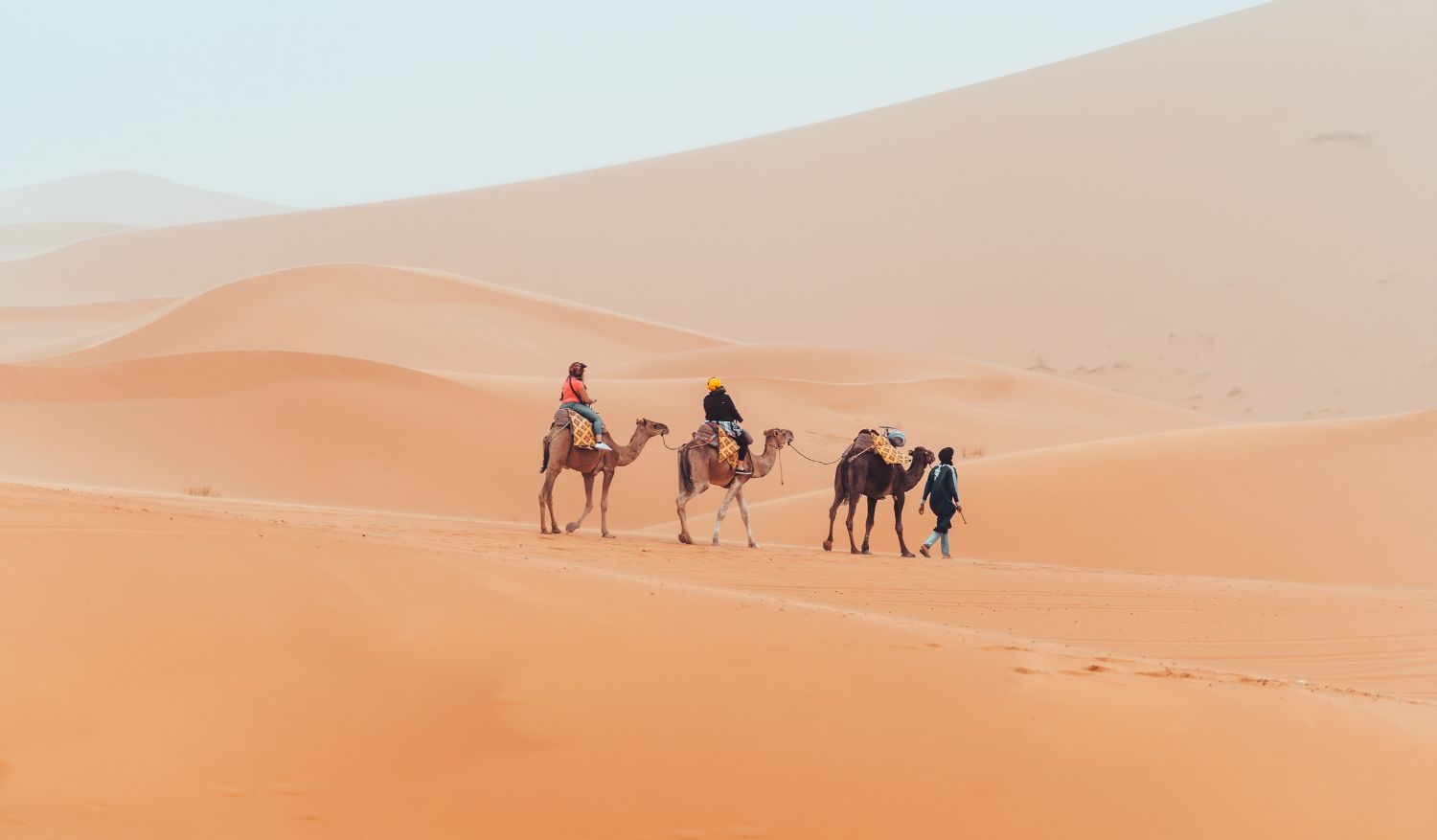Maha Kumbh Mela 2025 – the world’s largest spiritual gathering in Prayagraj, India – is upon us. The aura of this once-in-a-century event is transcendental, and it is expected to draw over 400 million devotees this year.
The extraordinary event brings millions of devotees together on the sacred banks of the Ganges, Yamuna, and Saraswati rivers to cleanse their sins and seek spiritual enlightenment. Ahead, discover its significance, important dates, and practical tips for attending Maha Kumbh Mela 2025 – a journey that promises an unforgettable experience of spirituality and culture.
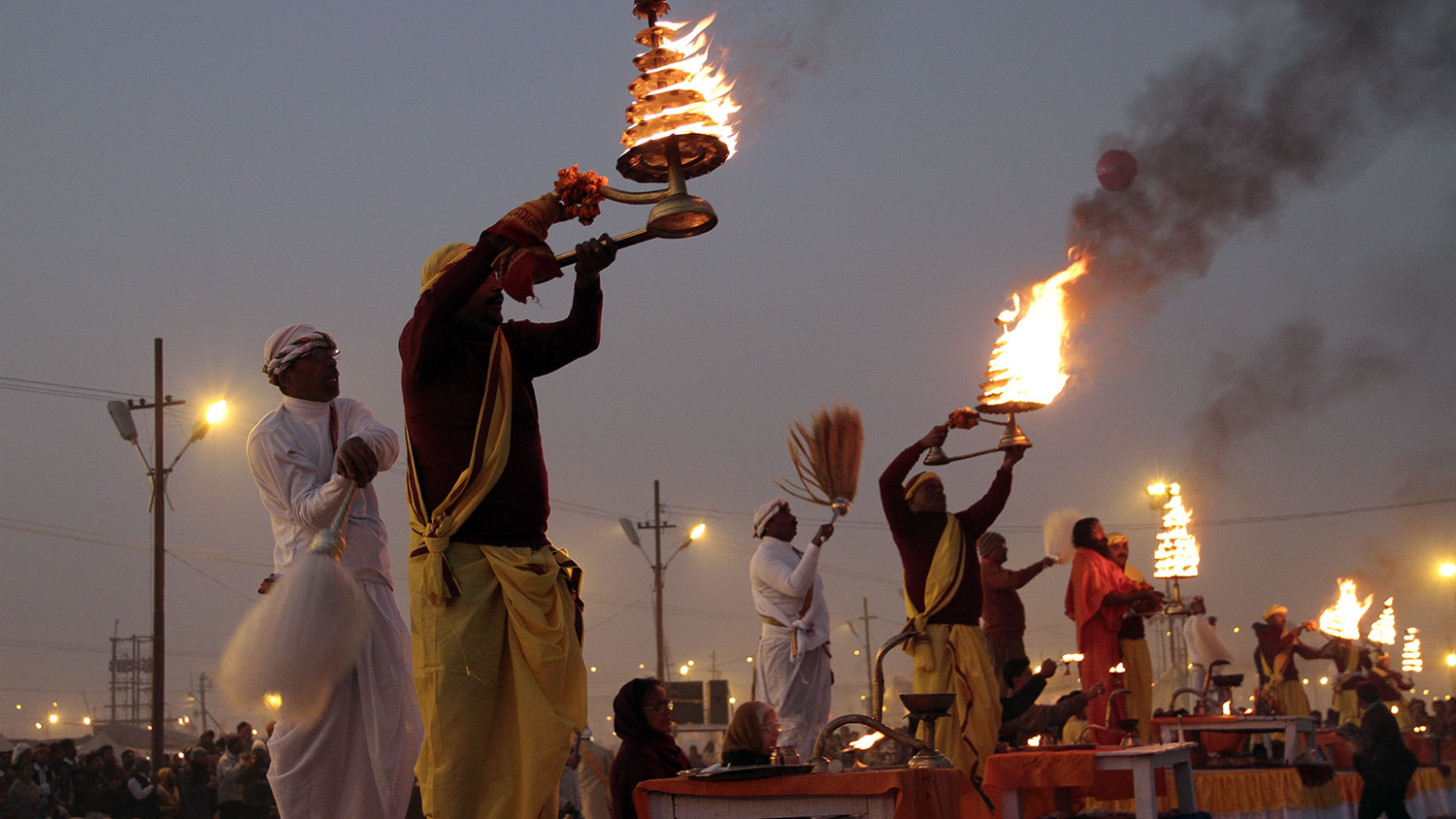
What is Kumbh Mela?
Kumbh Mela is a major Hindu festival celebrated at four sacred sites: Prayagraj, Haridwar, Nashik, and Ujjain. According to Hindu mythology, drops of nectar (Amrit) from the celestial pot carried by Lord Vishnu’s mount fell at these locations during the Samudra Manthan or the churning of the ocean. The rivers at these sites are considered powerful and purifying, making them the focal points of this festival. Devotees gather to take ritual baths in the holy waters, believing it cleanses the soul, washes away sins, and bestows blessings for a prosperous life.
Types of Kumbh Mela
Maha Kumbh Mela in 2025 will take place in Prayagraj from the 13th of January to the 26th February, 2025. This rare event occurs once every 144 years and marks the culmination of 12 full Kumbh Mela cycles, making it a once-in-a-lifetime opportunity for many.
Kumbh Mela is a grand spiritual festival celebrated in four distinct forms, each varying in scale, timing, and significance. Purna Kumbh Mela, held every 12 years, is the largest regular gathering, attracting millions of devotees to one of four sacred locations – Prayagraj, Haridwar, Nashik, or Ujjain. Ardh Kumbh Mela, celebrated every six years, is held exclusively in Prayagraj and Haridwar and serves as a midpoint event for spiritual seekers. Lastly, Magh Mela, an annual festival in Prayagraj, is smaller in scale but holds immense spiritual value, drawing pilgrims for ritual bathing during the auspicious month of Magha.
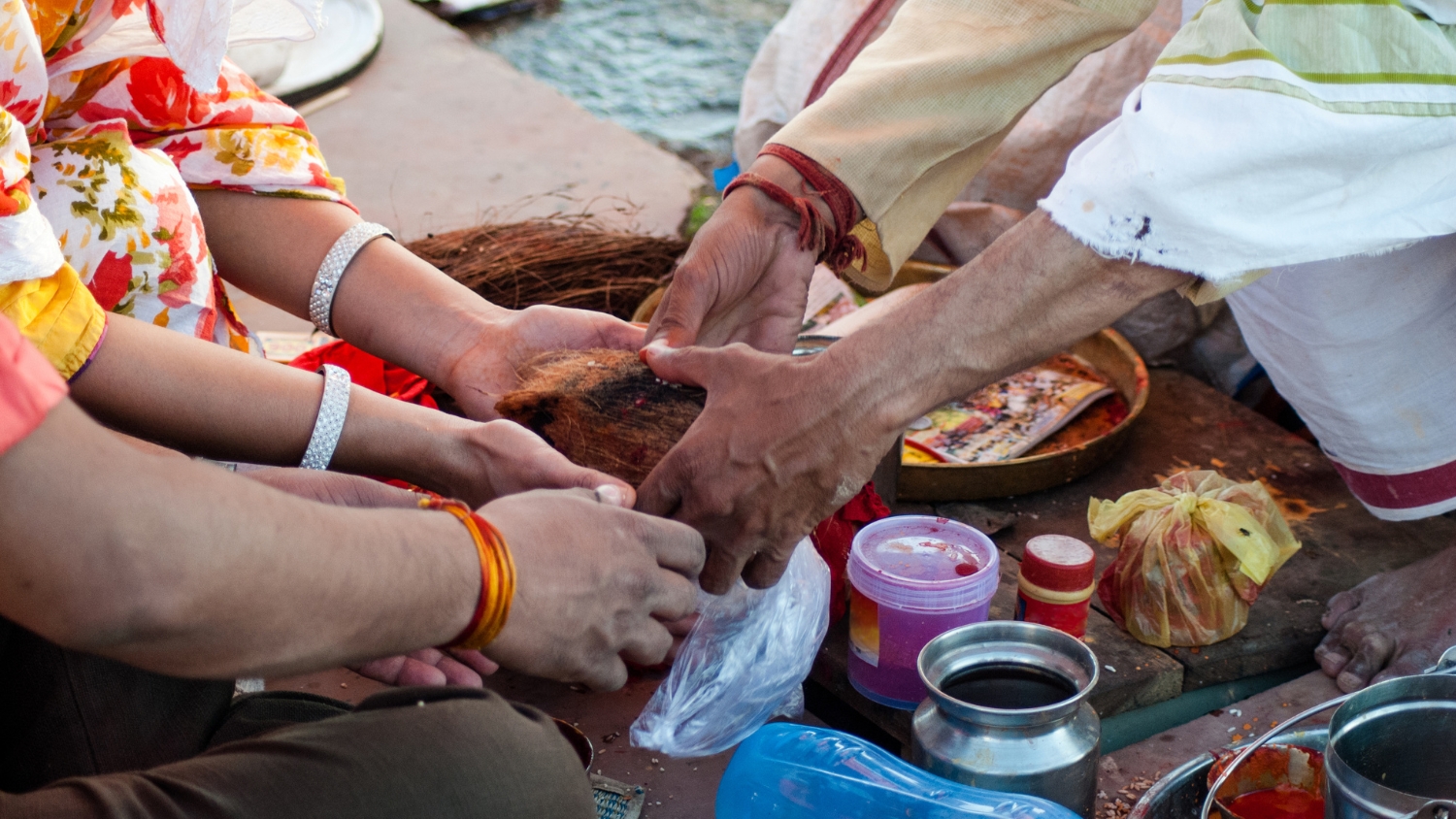
It’s important to note that the term ‘Maha Kumbh Mela’ is sometimes used interchangeably with the regular 12-year Kumbh Mela at Prayagraj, which often leads to confusion in its perceived frequency. Each form of the Kumbh Mela offers devotees a unique opportunity to participate in ritual bathing (Shahi Snan), seeking spiritual purification and enlightenment with the guidance of the divine interplay of celestial bodies. Together, these celebrations underscore the enduring spiritual heritage and cultural richness of India.
Significant Dates for 2025
13 January (Paush Purnima): The first major bathing day, marking the start of the festival.
14 January (Makar Sankranti): A sacred day for cleansing the soul.
29 January (Mauni Amavasya): Devotees observe silence (maun) and take a holy dip.
3 February (Basant Panchami): Celebrates the arrival of spring with ritual baths.
12 February (Maghi Purnima): The final official bathing day.
26 February (Maha Shivaratri): A day of special prayers and rituals to honour Lord Shiva.
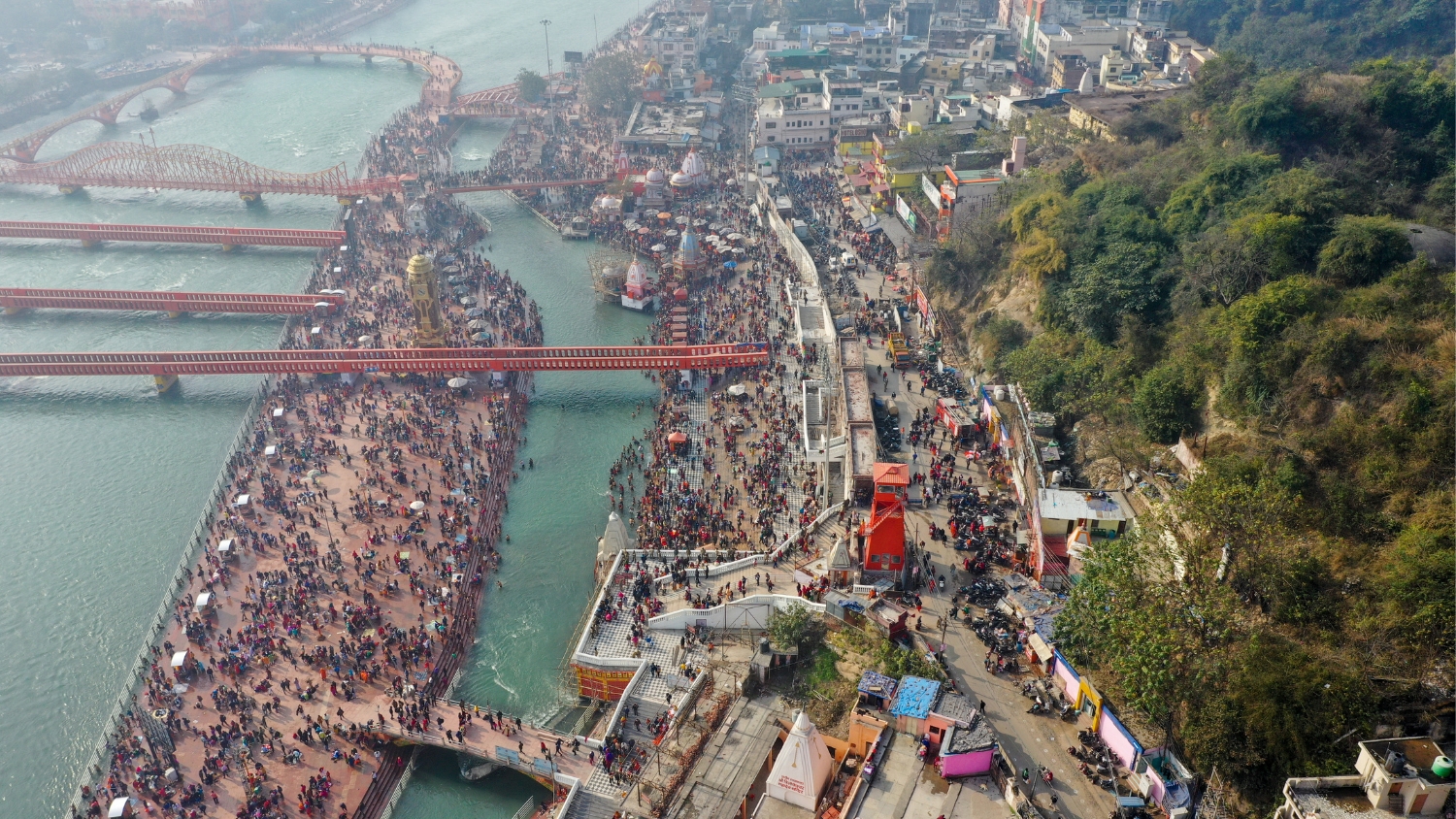
Understanding Kumbh and Maha Kumbh
While the Kumbh Mela is celebrated every 12 years at four rotating locations, the Maha Kumbh Mela happens only once every 144 years in Prayagraj, marking it as the largest human gathering in history. The astrological alignments for the Maha Kumbh amplify its spiritual significance, attracting millions more pilgrims than a typical Kumbh Mela.
The ritual baths, or Shahi Snan, are the most significant activity, where participants take a holy dip in the sacred rivers. Spiritual enrichment continues through lectures and discourses by esteemed leaders and scholars on Hindu philosophy and sacred texts. Yoga and meditation sessions led by world-renowned practitioners provide opportunities for personal reflection and inner peace. Additionally, cultural exhibitions showcase the richness of Indian heritage, featuring traditional crafts, regional cuisine, and diverse art forms.
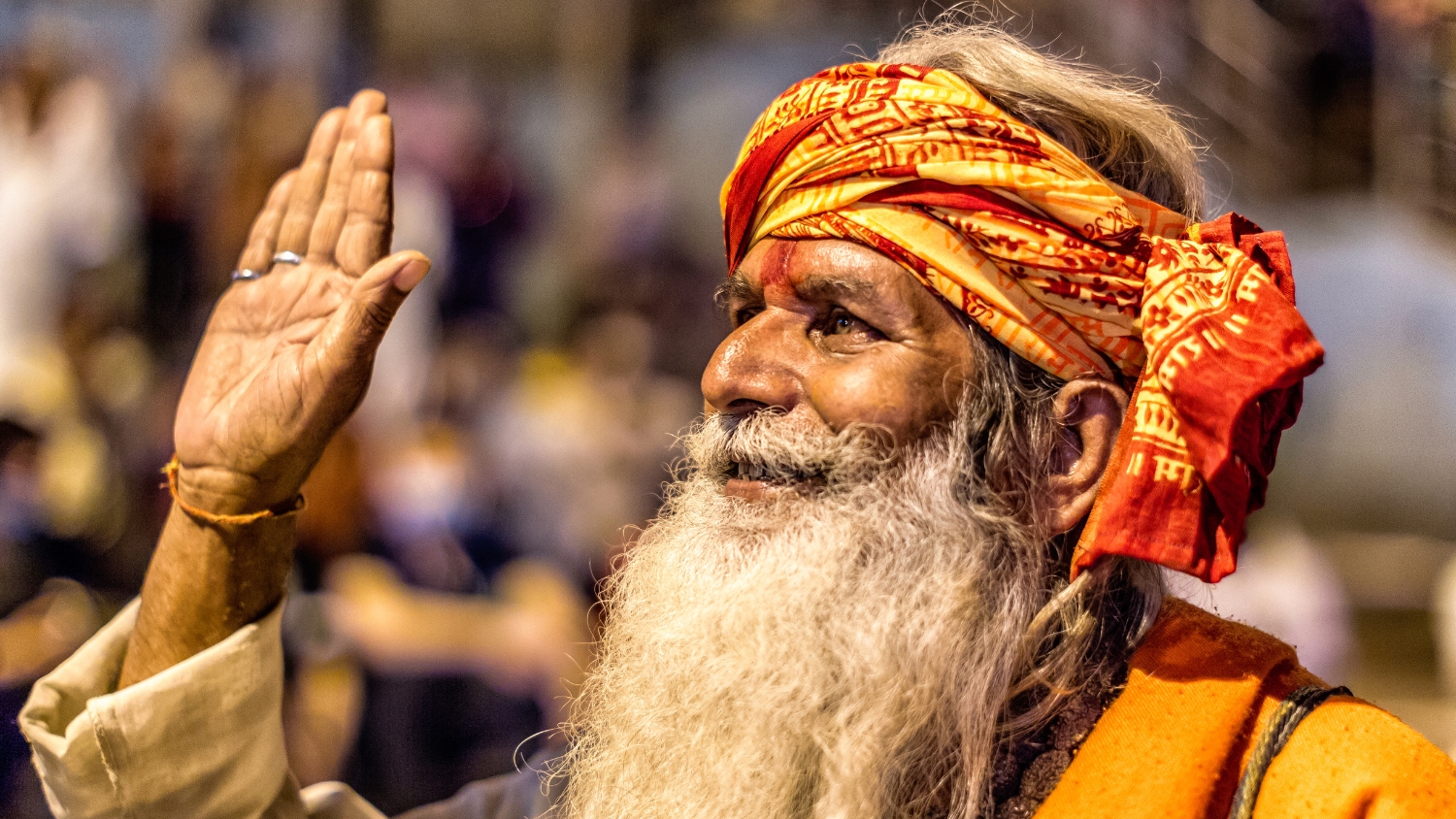
While both Kumbh and Maha Kumbh are fundamentally similar in spirit and values, they have a few subtle yet significant differences.
Astrologically, the Kumbh Mela is tied to specific planetary alignments that vary by location. For instance, the Kumbh at Haridwar is observed when Jupiter is in Aquarius and the Sun is in Aries. The Maha Kumbh Mela, however, also depends on celestial alignments but represents the culmination of multiple Kumbh cycles, thereby amplifying its spiritual significance.
In terms of scale and spiritual importance, every Kumbh Mela attracts millions of pilgrims, but the Maha Kumbh Mela’s rarity leads to an even greater influx of devotees, saints, and sadhus. The Maha Kumbh is considered the most auspicious time for achieving liberation (moksha) due to the unique convergence of spiritual energies.
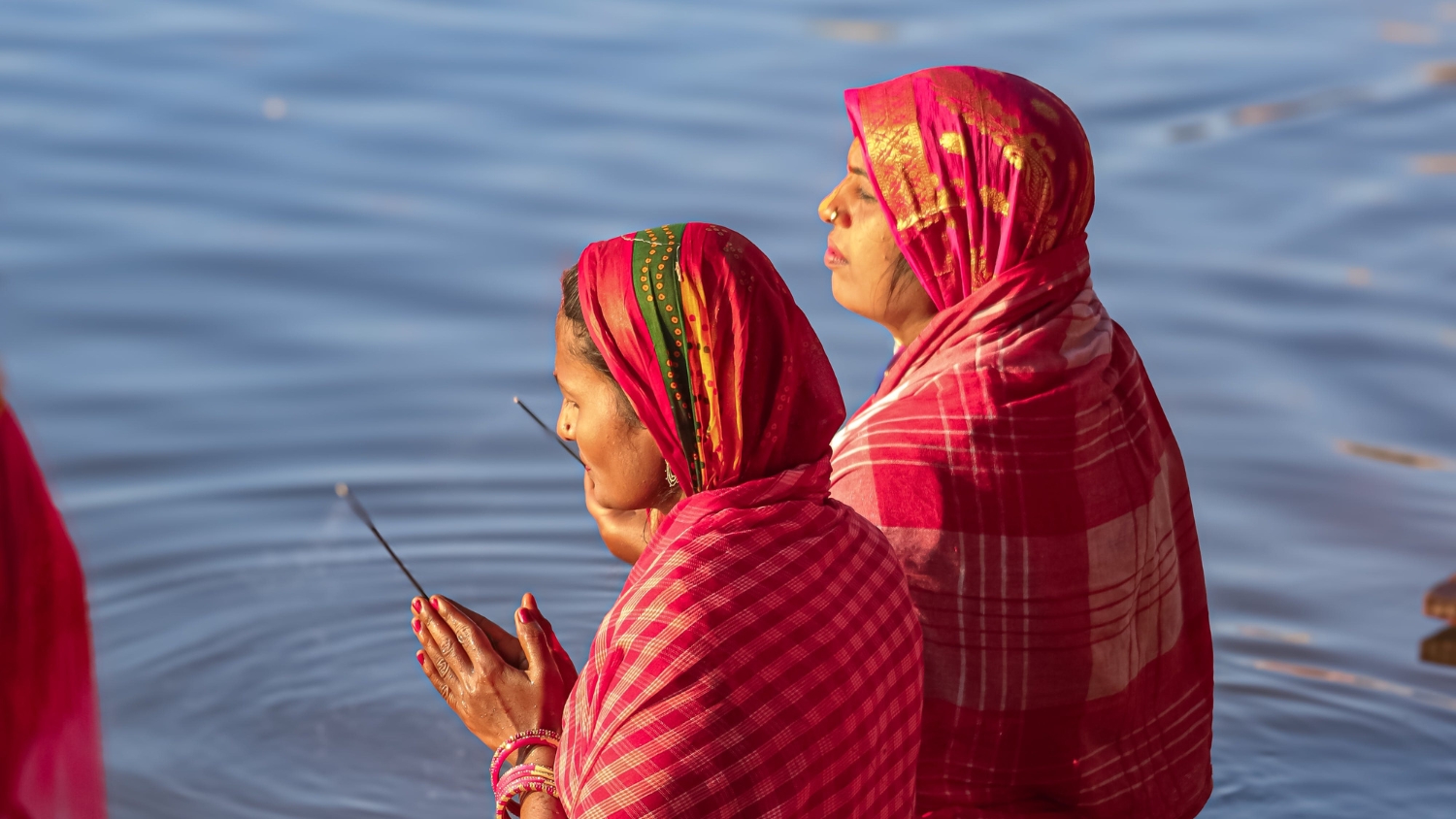
Practical Tips for Visitors
To make the most of your Maha Kumbh Mela experience, prioritise health and safety by ensuring your vaccinations are up to date, staying hydrated, and avoiding unhygienic food. Plan ahead by booking accommodation and transport early, as the event will draw millions of attendees. Stay alert by using anti-theft bags for valuables and following crowd management protocols to navigate the bustling gatherings smoothly. Lastly, respect local traditions by adhering to customs and maintaining cleanliness at the venue to honour the sanctity of this spiritual event.
For more culture stories, head here.


